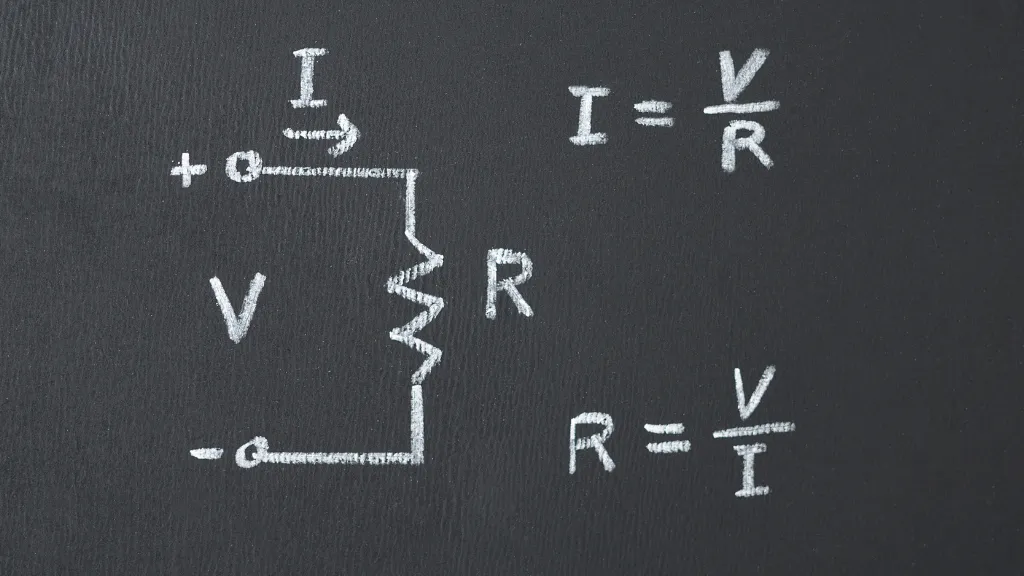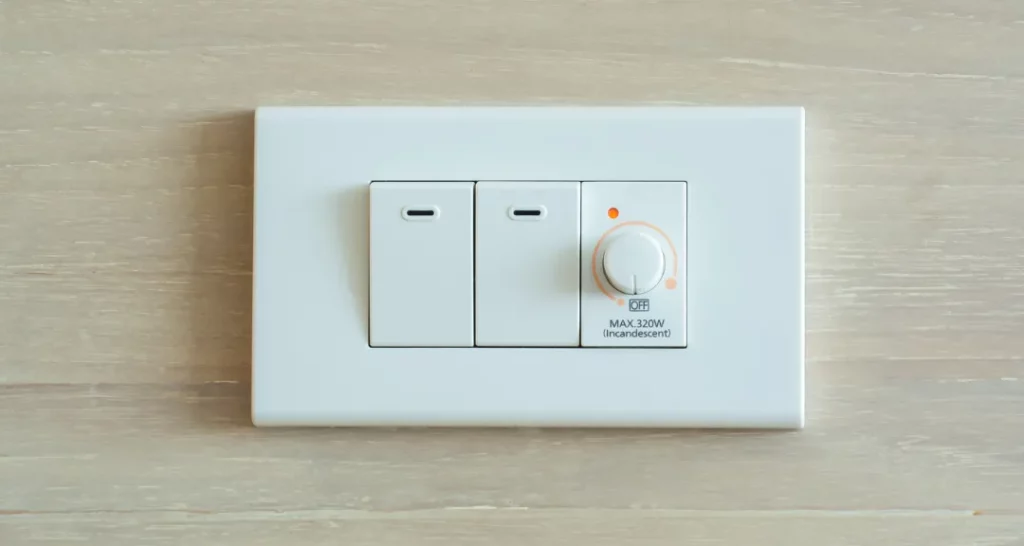What is a Variable Resistor
A variable resistor is a versatile component in the realm of electronics. It plays a pivotal role in regulating the current flow in a circuit by adjusting its resistance value.
Let’s delve into the intricacies of this component and understand its significance.
The Role of a Resistor
Every electronic circuit is designed specifically to amplify signals, process data, or produce light. To achieve these purposes, the flow of electric current through the circuit must be controlled and regulated.
This is where resistors come into play. They resist or limit the flow of electric current, ensuring that other components in the circuit receive the right amount of current.
Fixed vs. Variable Resistors
While the primary function of all resistors is to resist the current flow, not all resistors are created equal. There are fixed resistors, which have a constant resistance value, and then there are variable resistors, which allow for adjustment of their resistance.
A fixed resistor is like a steadfast guard, always offering the same resistance level, ensuring consistent current flows through, irrespective of external conditions.
On the other hand, a variable resistor is more like a gatekeeper who can adjust the gate size depending on the need. Changing its resistance allows a variable resistor to control how much current flows through at any given time.

The Magic of the Third Terminal
What sets a variable resistor apart from its fixed counterpart is the presence of an additional terminal. While a standard resistor has two terminals, a variable resistor boasts three.
This third terminal, often called the ‘wiper,’ slides over the resistive material, allowing users to select any part of the material for current to flow through. This adjustability gives the variable resistor its name and unique functionality.
Ohm’s Law and Variable Resistors
Ohm’s Law, a fundamental principle in electronics, states that the current flowing through a conductor between two points is directly proportional to the voltage across the two points. In the context of variable resistors, you’re effectively changing the proportionality factor as you adjust the resistance, allowing more or less current to flow for a given voltage.
At its core, Ohm’s Law is represented by the equation:

Where:
- I is the current in amperes (A)
- V is the voltage in volts (V)
- R is the resistance in ohms (Ω)
This equation tells us that the current flowing through a circuit is directly proportional to the voltage applied across it and inversely proportional to the resistance of the circuit.
Operational Principles
Variable resistors are integral in circuits where there’s a need to adjust the current or voltage. One can regulate the voltage by altering the resistance while keeping the current constant. This is particularly useful in applications like volume control in audio devices or tuning in radio circuits.
Construction and Types
The construction of a variable resistor is quite fascinating. Inside, there’s a resistive track between two terminals. A third terminal, the wiper, makes contact with this track. By adjusting the position of the wiper, one can change the resistance value.
There are several types of variable resistors:
- Potentiometers: These are the most common type and are often used for voltage control. They can be further classified into mechanical and digital potentiometers.
- Rheostats: These are similar to potentiometers but are used primarily for resistance adjustment or current limitations.
- Digital Potentiometers: These are electronically controlled variable resistors that adjust resistance based on digital signals.
Applications in Everyday Life
Variable resistors, with their unique ability to adjust resistance, have found their way into many everyday devices and applications. Their versatility and adaptability make them indispensable in modern electronics. Let’s explore the myriad ways variable resistors touch our daily lives.
Volume Control in Audio Devices
One of the most common applications of variable resistors is in the volume knobs of audio devices. The volume control is typically a potentiometer, whether a home stereo system, a portable music player, or a car radio.
As you turn the knob, you’re adjusting the resistance, which modulates the audio signal’s amplitude, controlling the loudness of the sound.
Light Dimmers
Have you ever adjusted the brightness of a room using a dimmer switch? That’s a variable resistor in action.
By varying the resistance, the dimmer controls the amount of current flowing to the light bulb, allowing you to set the ambiance of a room by making it brighter or dimmer.

Tuning in Radios
The tuning knob in analog radios is often a variable resistor. As you rotate the knob to tune into different frequencies, you’re adjusting the resistance, which changes the resonant frequency of the radio’s internal circuit, allowing it to pick up different stations.
Thermostats and Climate Control
In some thermostats, variable resistors are used to set the desired temperature. The resistor adjusts the sensitivity of the thermostat, determining when the heating or cooling system turns on or off based on the ambient temperature.
Sensors and Measurement Devices
Variable resistors are integral to certain types of sensors. For instance, in a strain gauge, which measures force or strain, the resistance changes based on the amount of deformation, allowing for precise measurements.
Similarly, light-dependent resistors (LDRs) change their resistance based on the light they receive, making them useful in light-sensing applications.
Joysticks and Game Controllers
The joysticks and knobs on game controllers often employ potentiometers. As you move the joystick or turn a knob, you adjust a variable resistor, translating to movement or action in the game.
Adjustable Power Supplies
In laboratories and workshops, adjustable power supplies use variable resistors to set the desired voltage or current output. By tweaking the resistance, technicians can get the exact voltage or current they need for their experiments or projects.
Automotive Applications
Variable resistors are used in cars for various purposes, from adjusting the angle of side mirrors to setting the sensitivity of rain sensors that control windshield wipers.
Medical Devices
In medical equipment, precision is paramount. Devices like hearing aids use variable resistors to adjust volume levels. Similarly, medical imaging devices might use variable resistors to fine-tune settings for optimal image clarity.
Conclusion
Variable resistors are fundamental components in the world of electronics. Their ability to adjust resistance makes them invaluable in a plethora of applications.
Whether you’re tuning into your favorite radio station or adjusting the volume on your speaker, remember there’s a variable resistor working behind the scenes to make it all possible.
Frequently Asked Questions
How do variable resistors in audio devices ensure smooth volume control?
Variable resistors, especially potentiometers, in audio devices, control the amplitude of the audio signal. As you adjust the volume knob, which is typically a potentiometer, you change its resistance.
This modulation in resistance directly affects the loudness of the sound. The design of the potentiometer ensures a smooth transition in volume levels, allowing users to set their desired loudness without abrupt changes.
Why are variable resistors used in light dimmers instead of regular switches?
Regular switches turn the light on or off, offering no control over the brightness level. Variable resistors in light dimmers, on the other hand, allow users to adjust the amount of current flowing into the light bulb.
By controlling the current, users can set the desired brightness level from dim ambient lighting to full brightness. This flexibility in adjusting light intensity is why variable resistors are preferred in dimmers.

Author
Alex Klein is an electrical engineer with more than 15 years of expertise. He is the host of the Electro University YouTube channel, which has thousands of subscribers.
